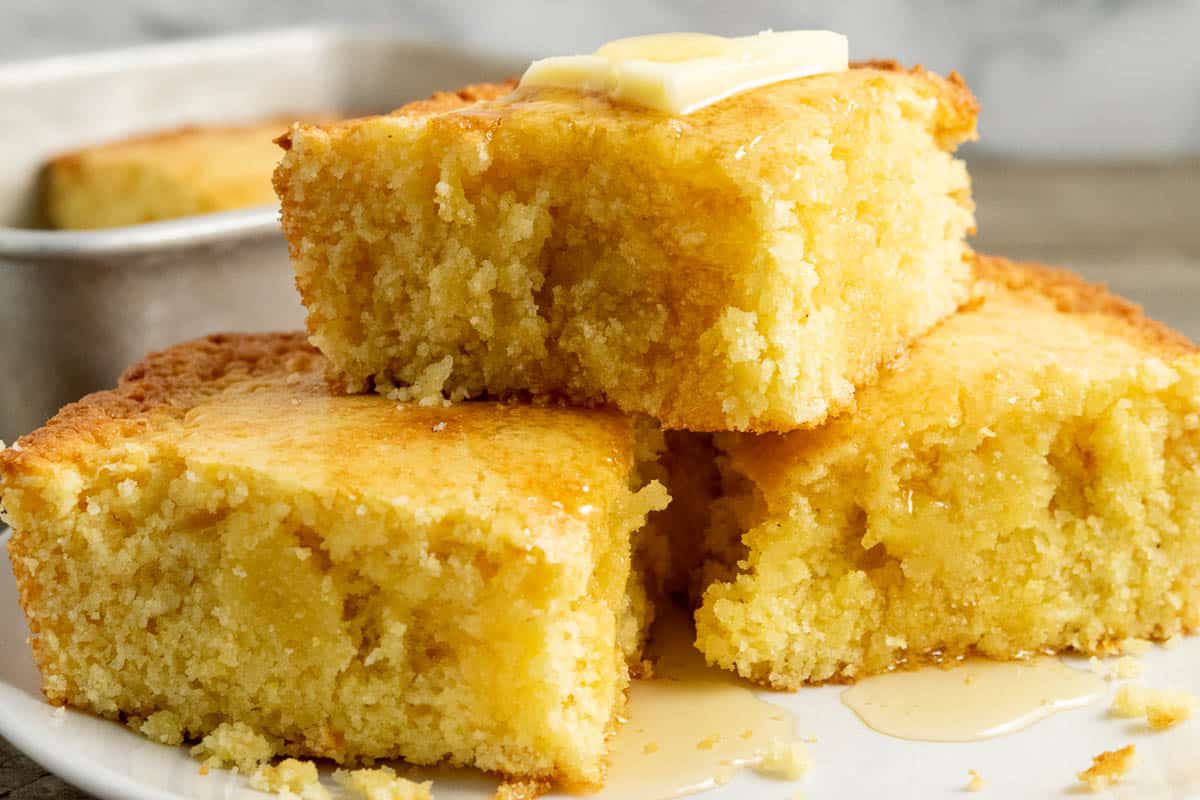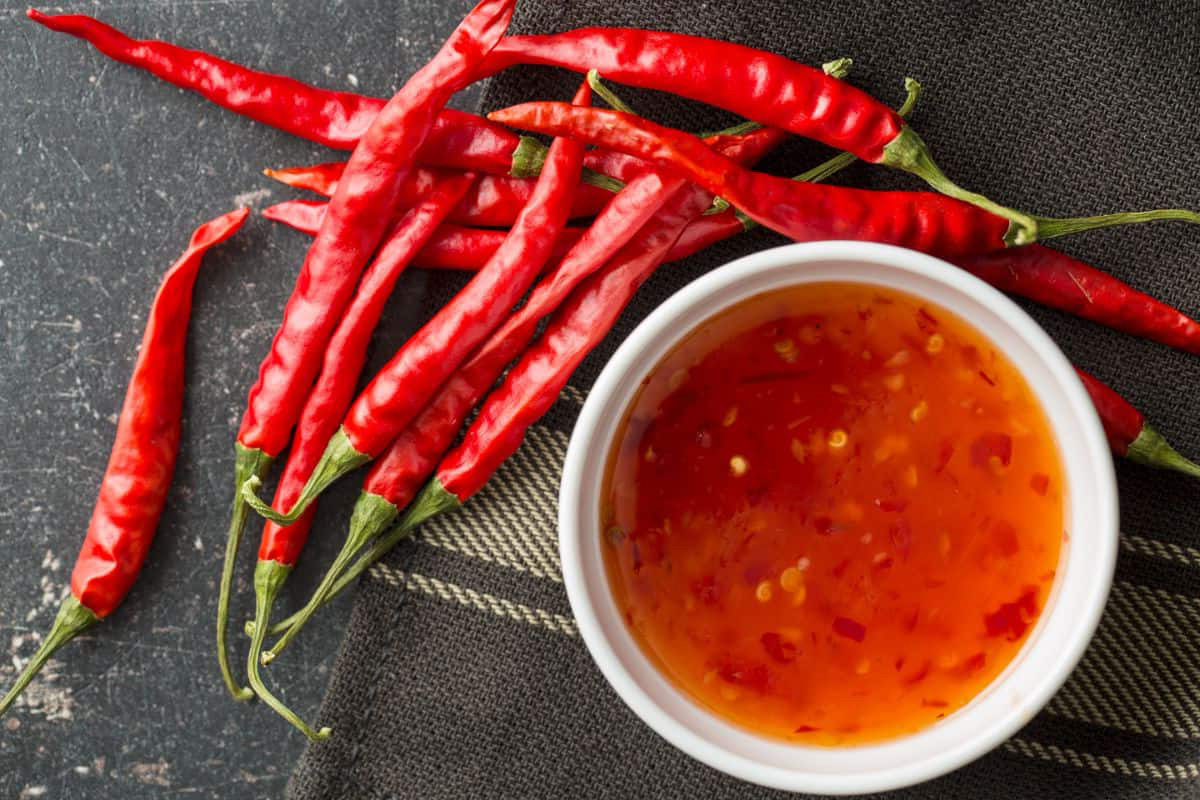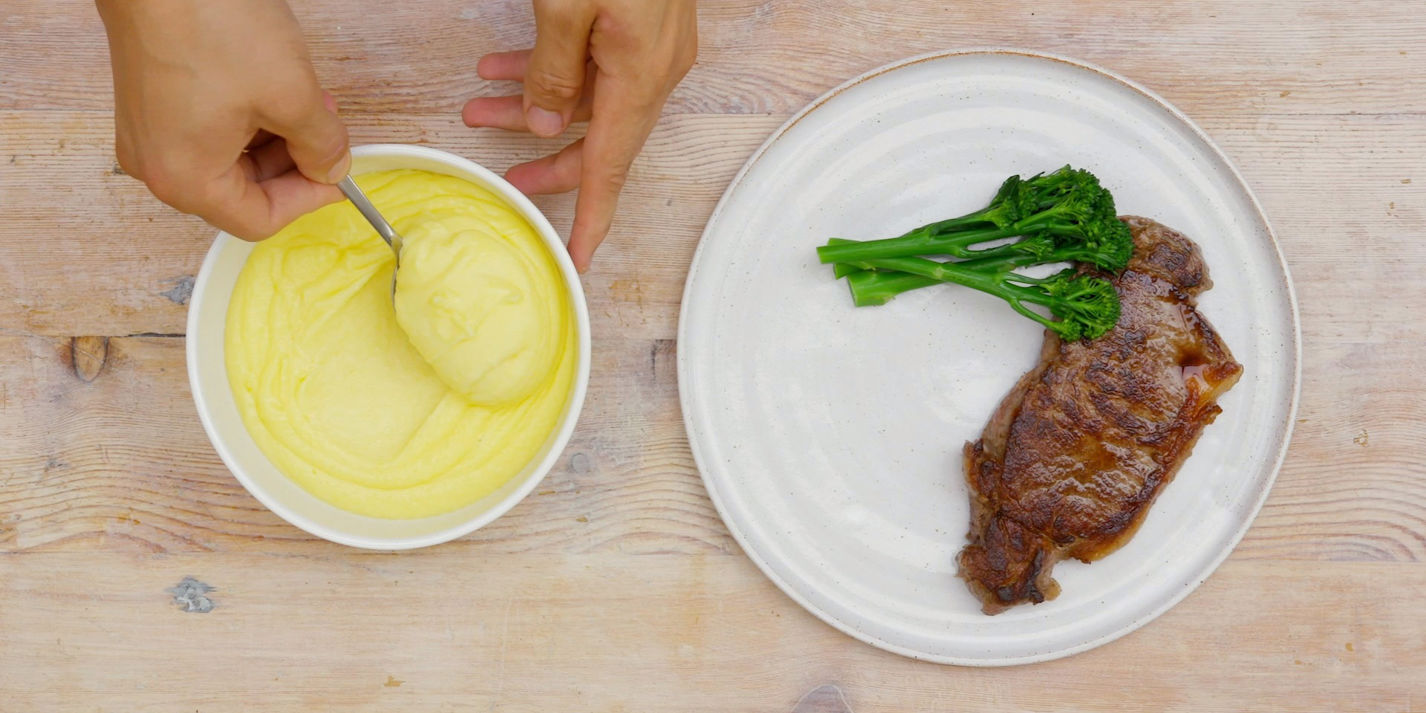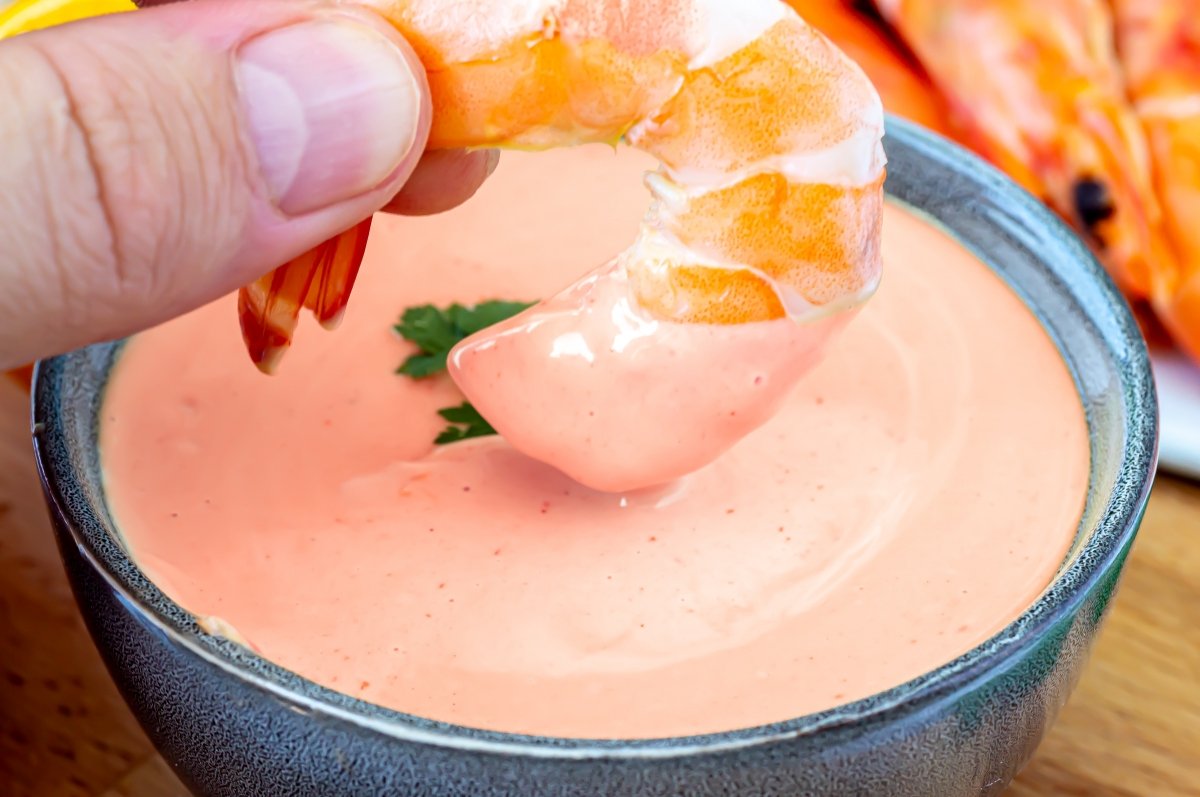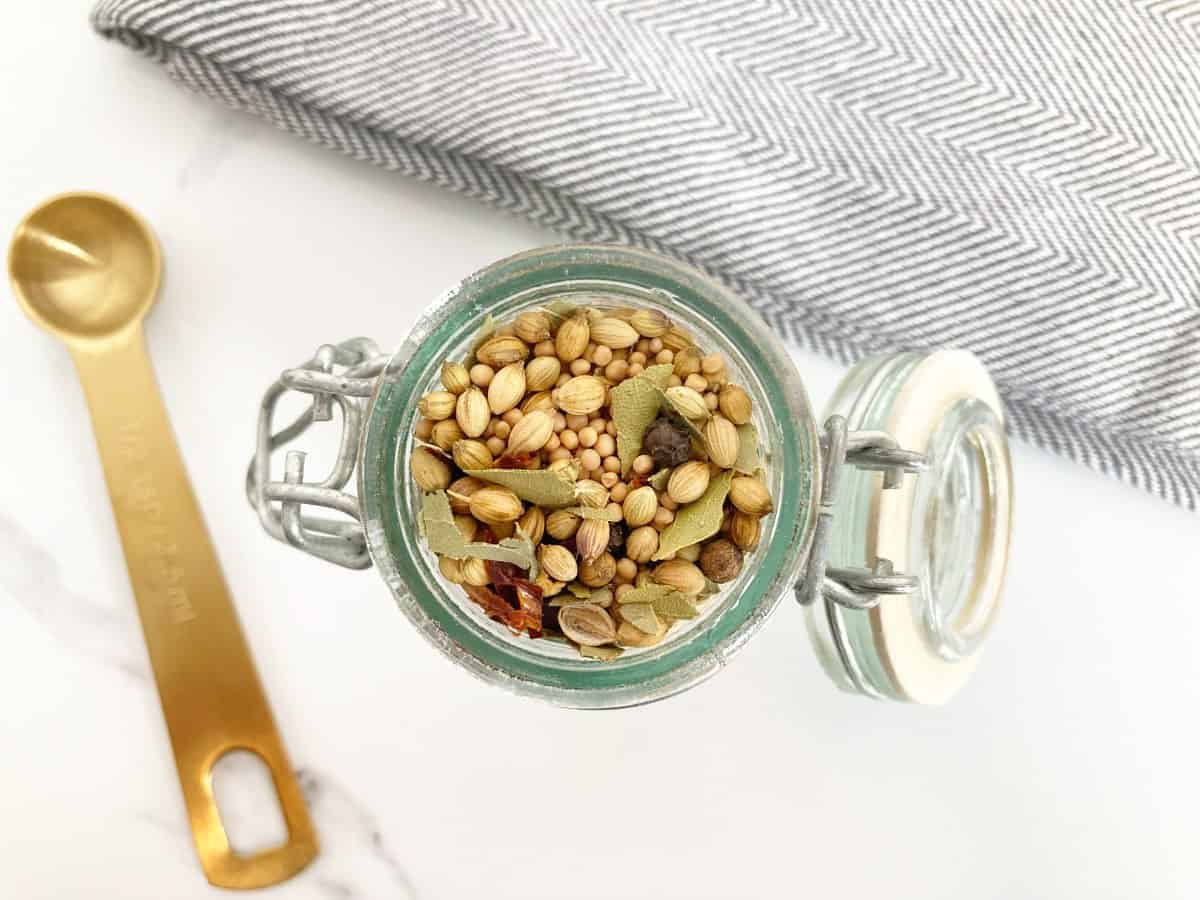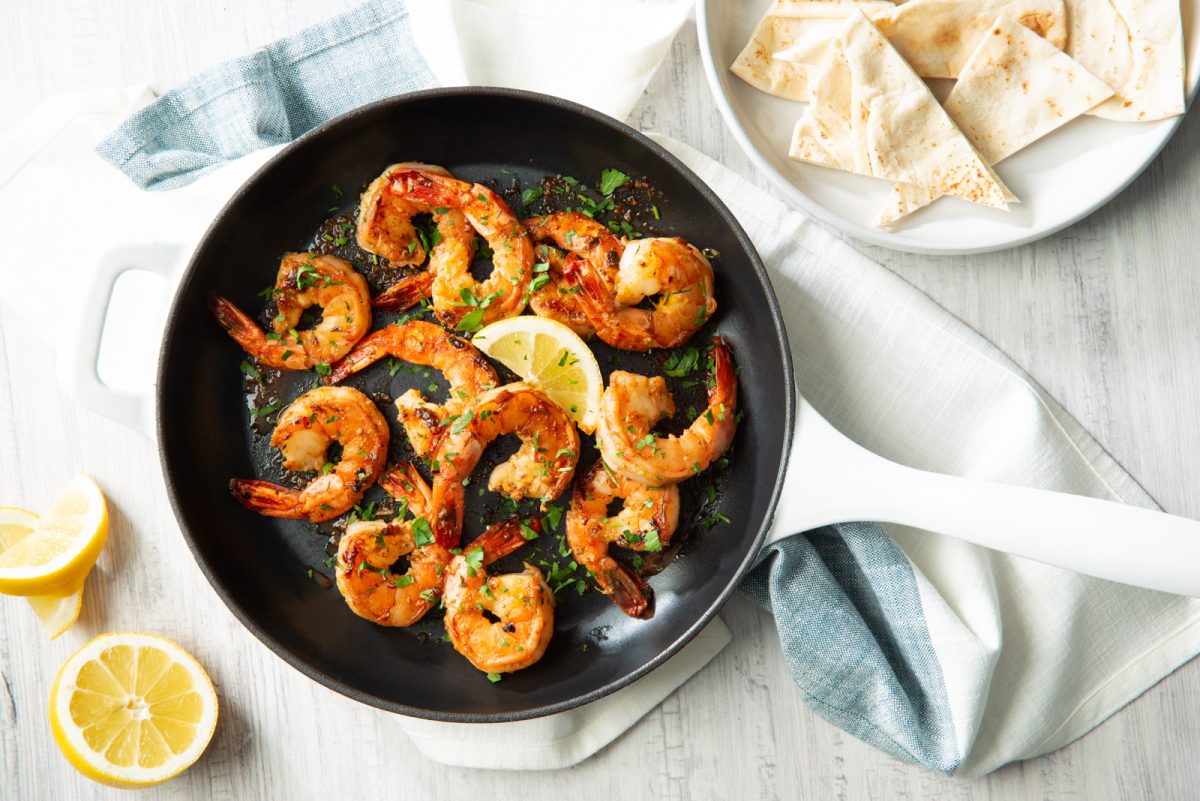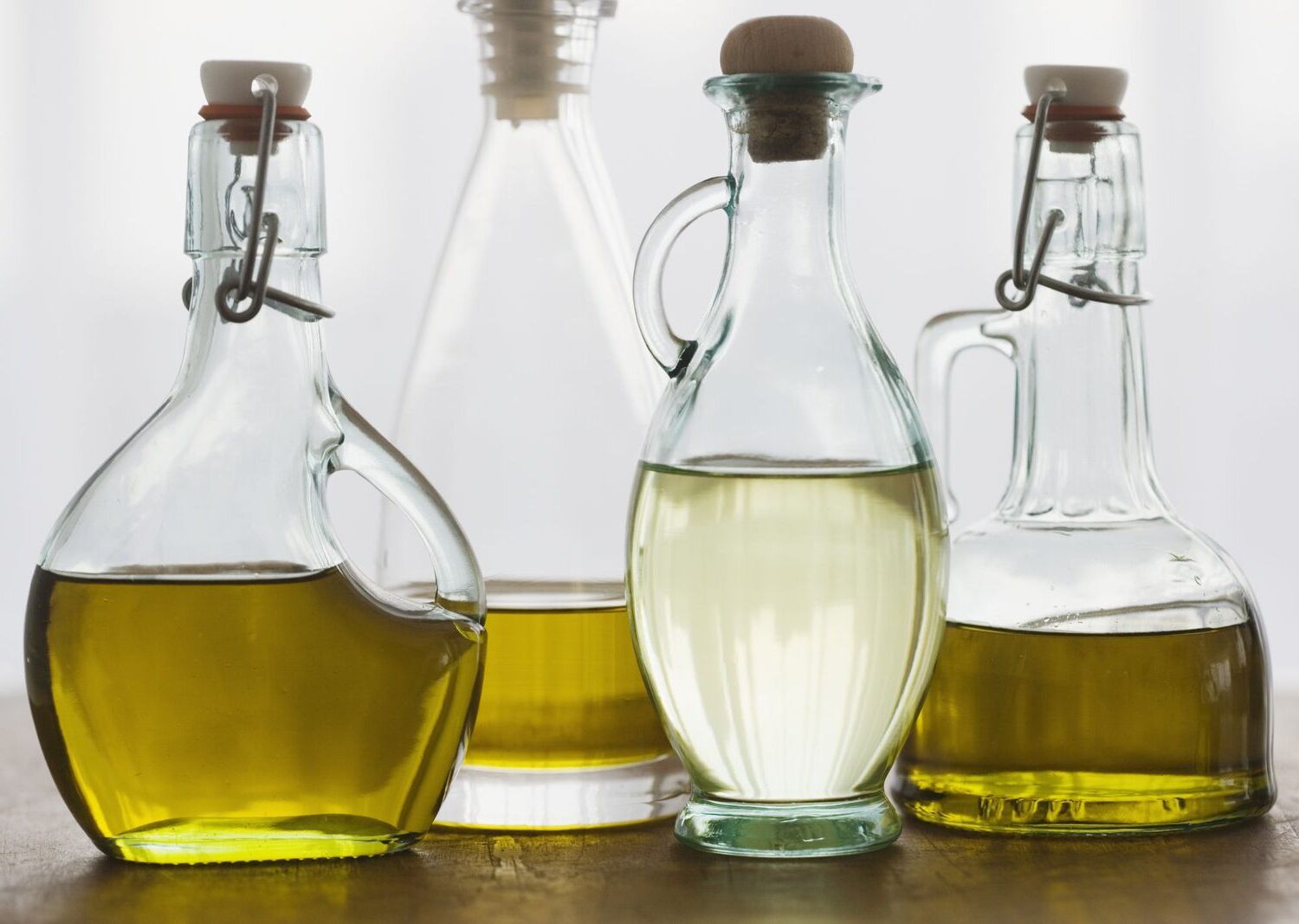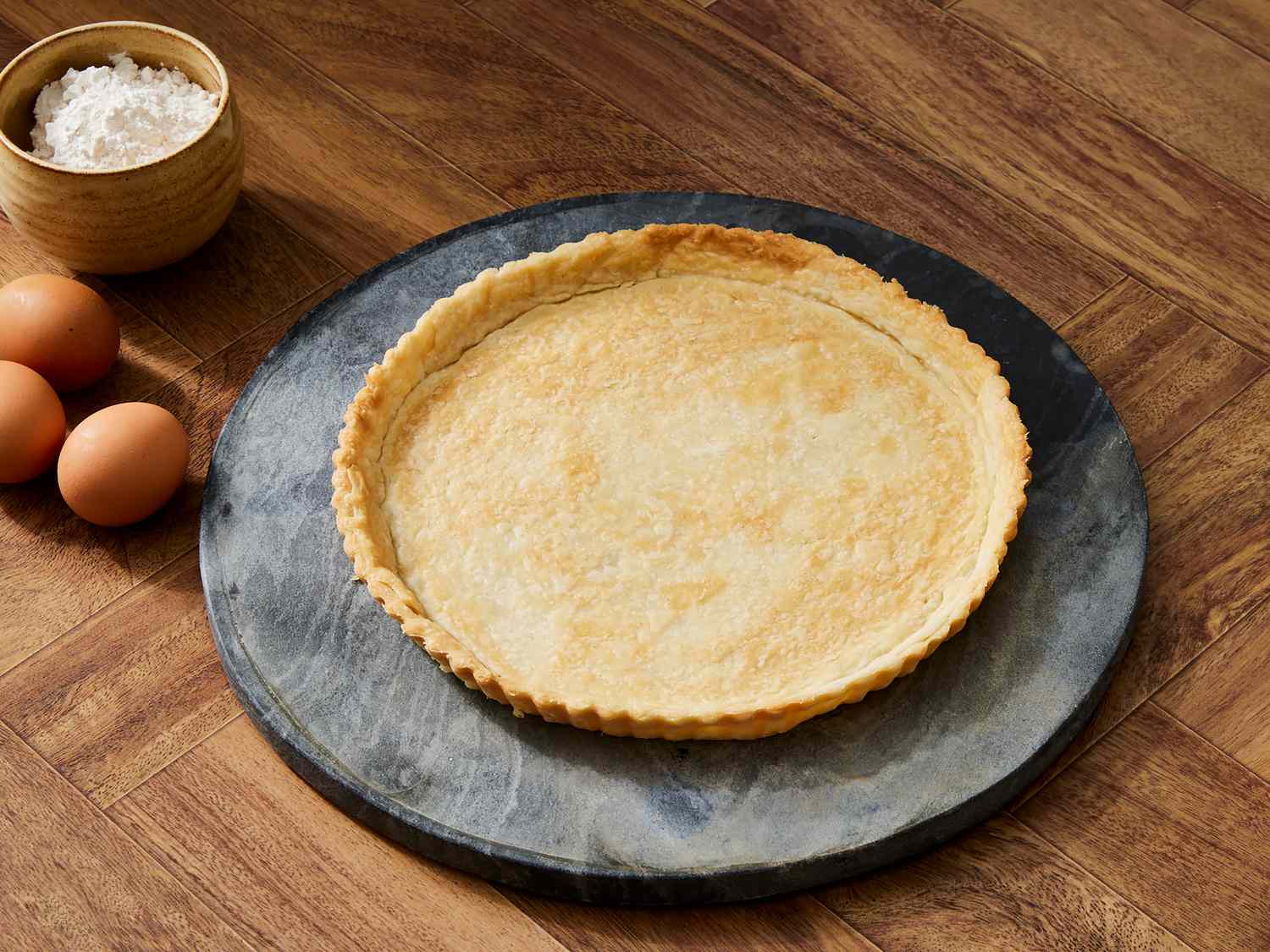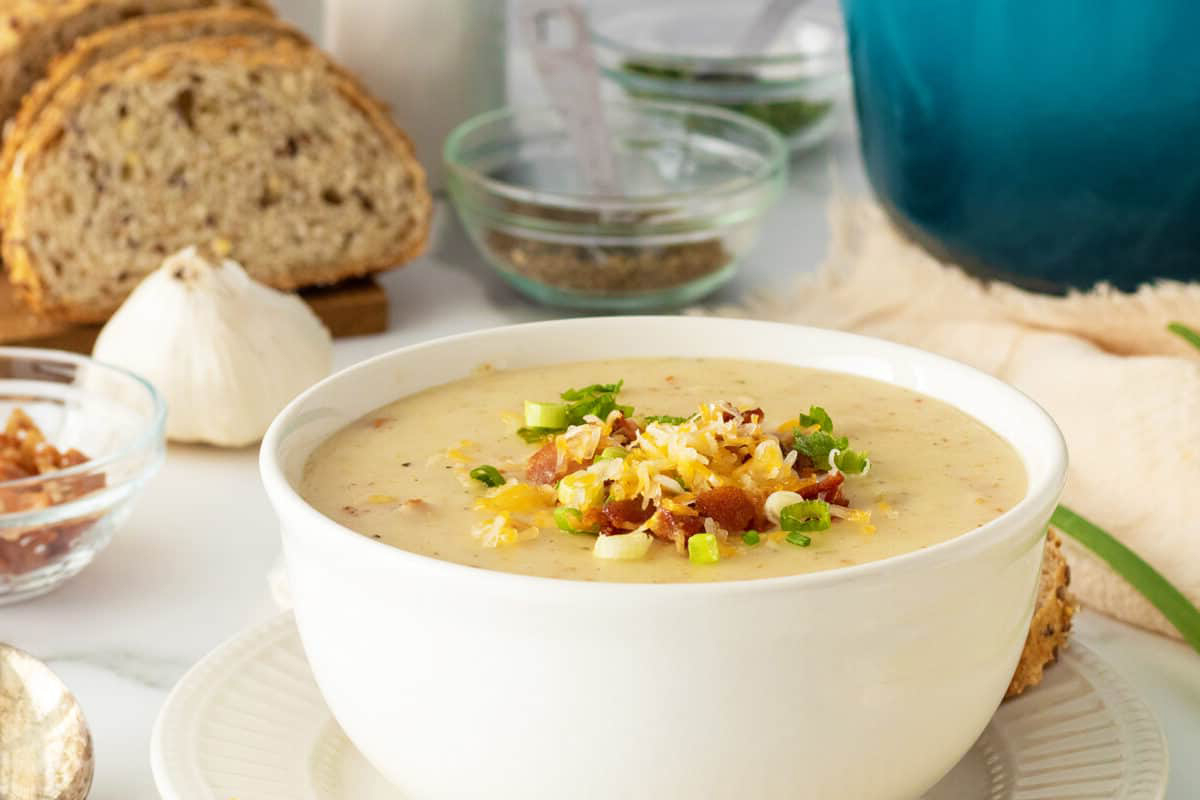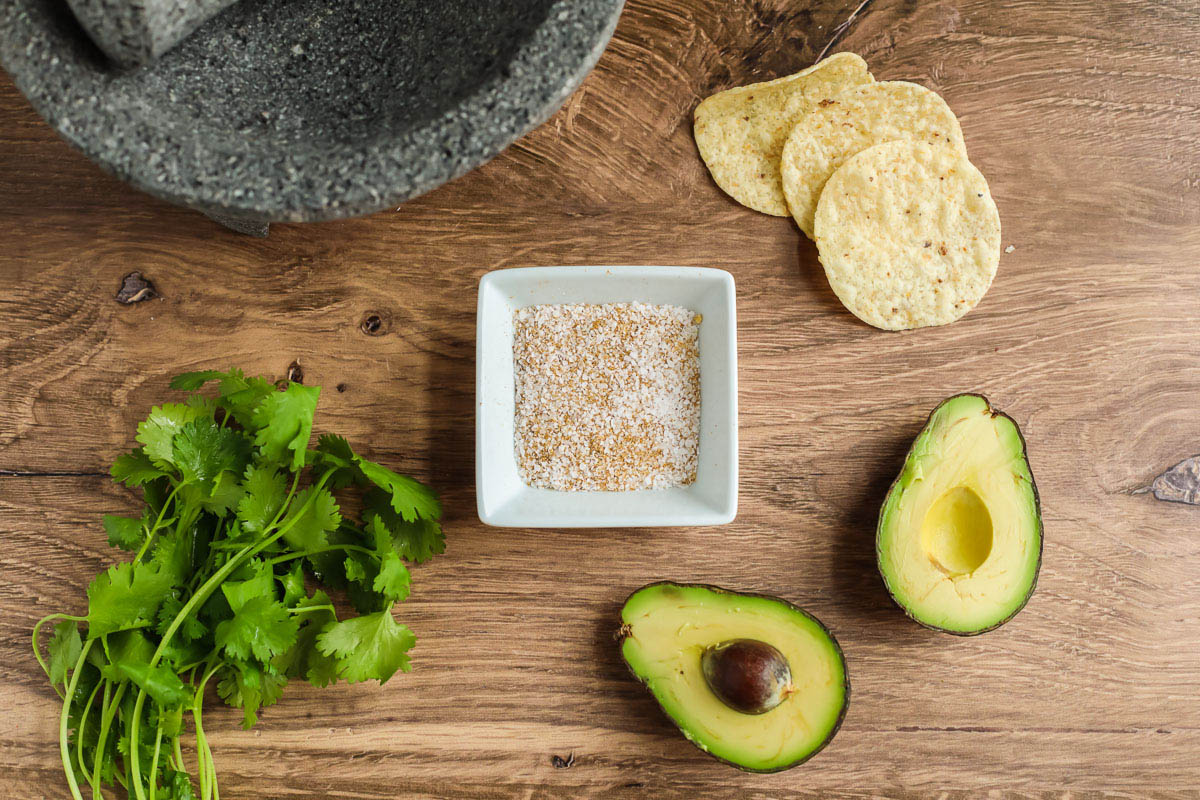When it comes to Japanese cuisine, noodles are a staple and come in various forms, each with its own unique characteristics. Two popular noodle dishes that often cause confusion for many people are Yaki Soba and Udon. While both dishes are delicious and satisfying, they have distinct differences that set them apart. Let's delve into the specifics of each to understand what makes them unique.
Yaki Soba
Yaki Soba is a Japanese stir-fried noodle dish that is made with buckwheat noodles. These noodles are thin and have a slightly chewy texture, making them a popular choice for stir-frying. The word "yaki" in Japanese means grilled or fried, which perfectly describes the cooking method for this dish.
Characteristics of Yaki Soba:
- Noodle Type: Made from buckwheat and wheat flour.
- Texture: Thin and slightly chewy.
- Cooking Method: Stir-fried with a variety of ingredients such as vegetables, meat, and seafood.
- Flavor: Often seasoned with a savory and slightly sweet sauce.
Udon
Udon is another type of Japanese noodle that is thicker and chewier compared to Yaki Soba. These noodles are made from wheat flour and are often served in a hot broth or used in stir-fry dishes. Udon noodles are known for their soft and slippery texture, making them a comforting choice in soups and hot dishes.
Characteristics of Udon:
- Noodle Type: Made from wheat flour.
- Texture: Thick and chewy.
- Cooking Method: Often served in a hot broth or used in stir-fry dishes.
- Flavor: Absorbs the flavors of the broth or sauce it is cooked in.
Key Differences
Now that we've explored the individual characteristics of Yaki Soba and Udon, let's highlight the key differences between the two:
-
Noodle Texture: The most noticeable difference between Yaki Soba and Udon is the texture of the noodles. Yaki Soba noodles are thin and slightly chewy, while Udon noodles are thick and have a more substantial chew.
-
Cooking Method: Yaki Soba is stir-fried with various ingredients, while Udon is often served in a hot broth or used in hot dishes.
-
Flavor Absorption: Yaki Soba noodles are often seasoned with a savory and slightly sweet sauce, while Udon noodles absorb the flavors of the broth or sauce they are cooked in.
Which One Should You Choose?
Both Yaki Soba and Udon have their own unique appeal, and the choice between the two ultimately comes down to personal preference. If you enjoy a dish with chewy, stir-fried noodles and a flavorful sauce, Yaki Soba may be the perfect choice for you. On the other hand, if you prefer a heartwarming bowl of noodles in a comforting broth or a hot stir-fry dish with thicker noodles, Udon is likely to satisfy your cravings.
In conclusion, while Yaki Soba and Udon are both delicious Japanese noodle dishes, they differ in terms of noodle texture, cooking method, and flavor profile. Whether you're a fan of stir-fried noodles or prefer the comfort of a hot broth, there's a Japanese noodle dish to suit every palate. So, the next time you're craving Japanese cuisine, consider trying both Yaki Soba and Udon to experience the unique qualities of each dish.
Was this page helpful?
Read Next: What Is Truffle Oil Used For?
